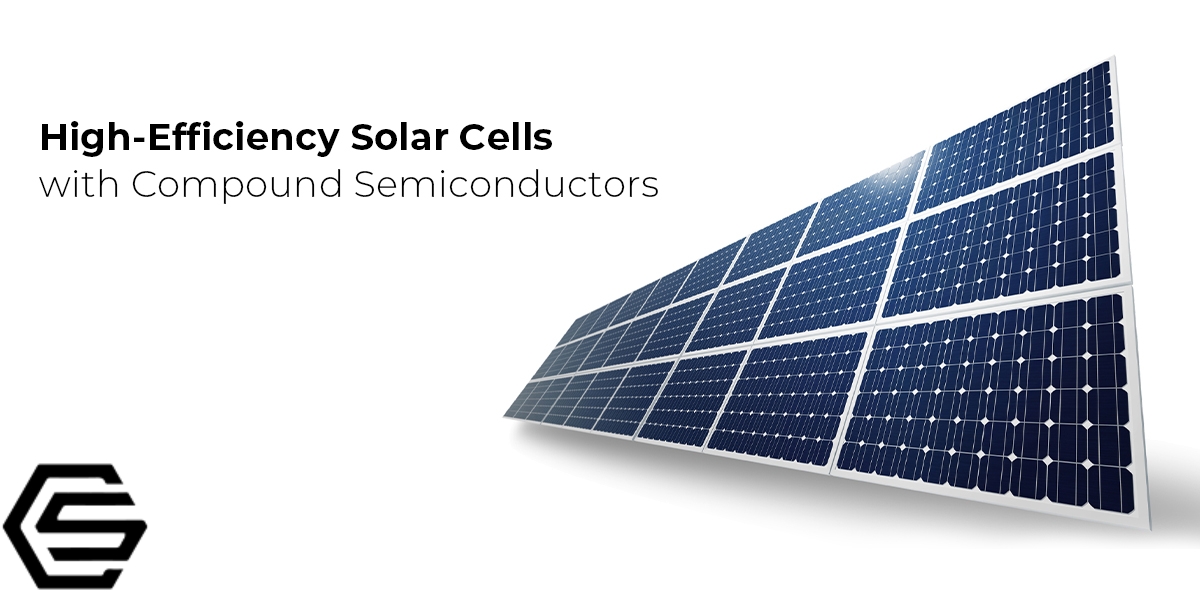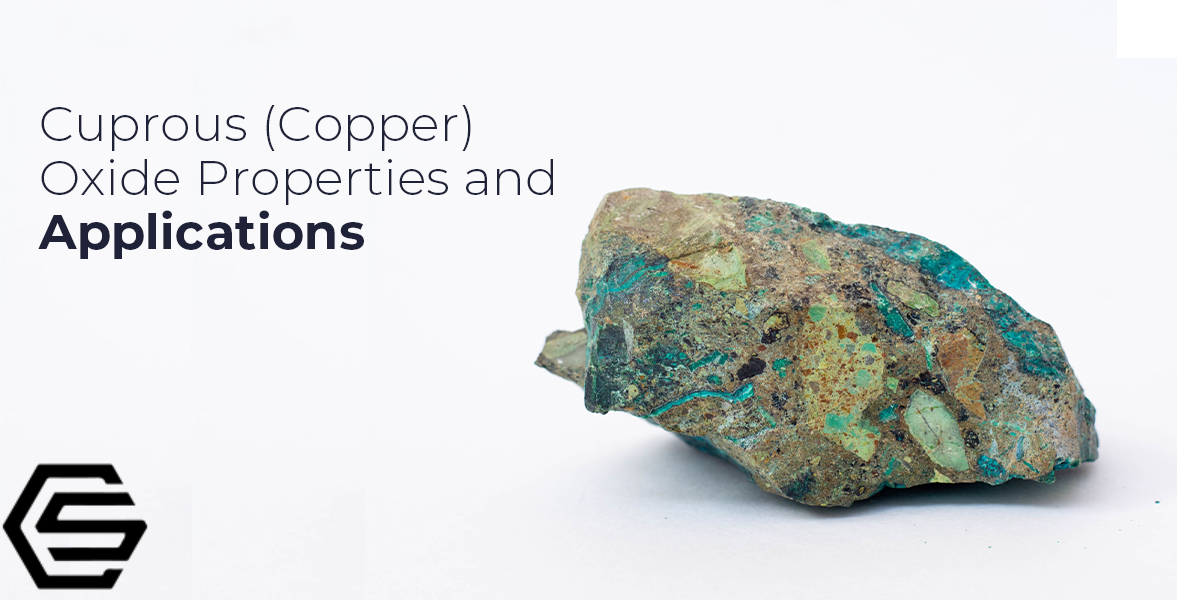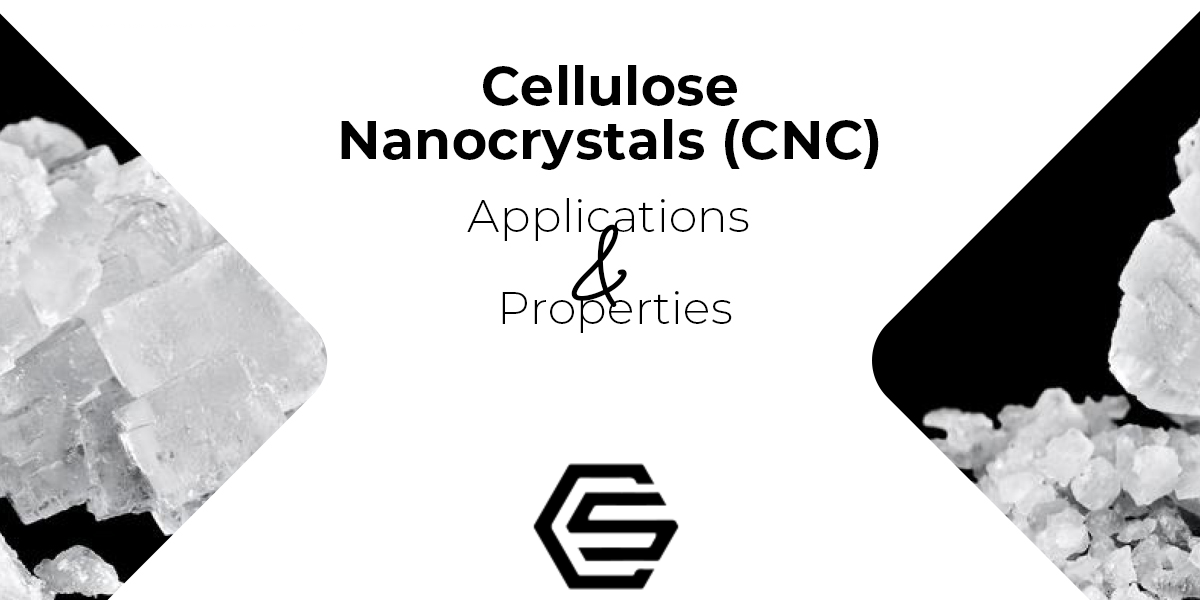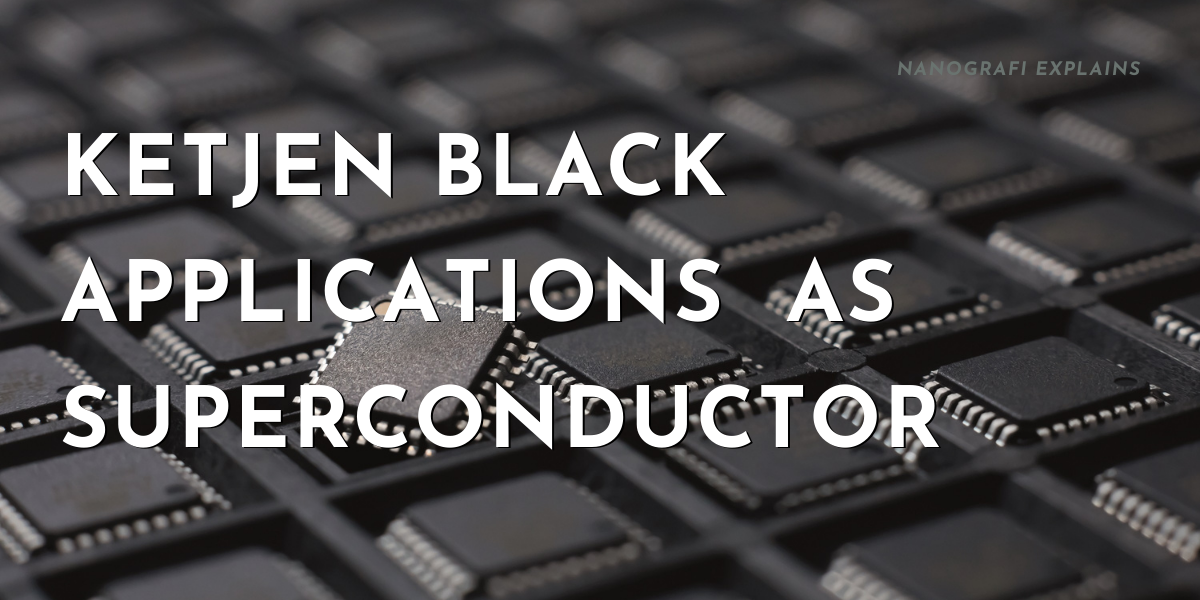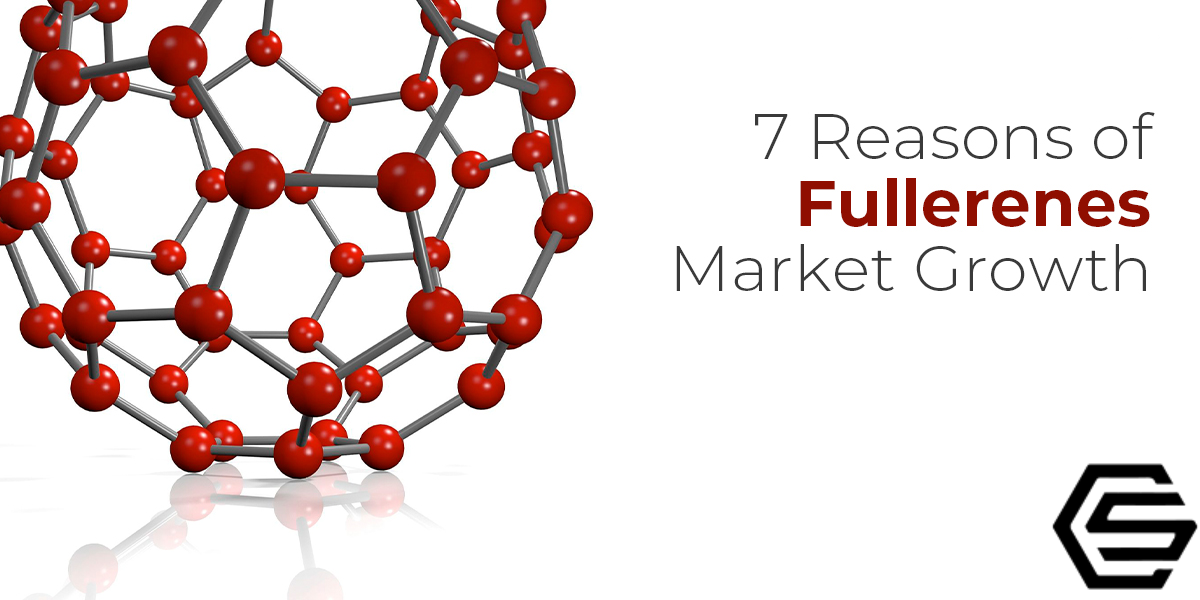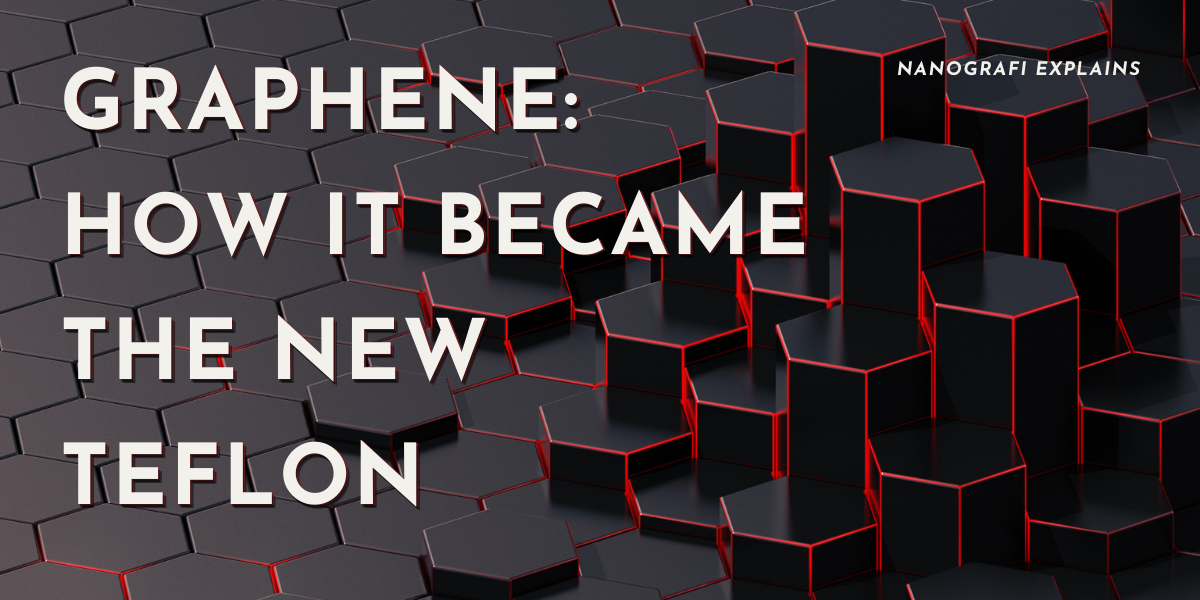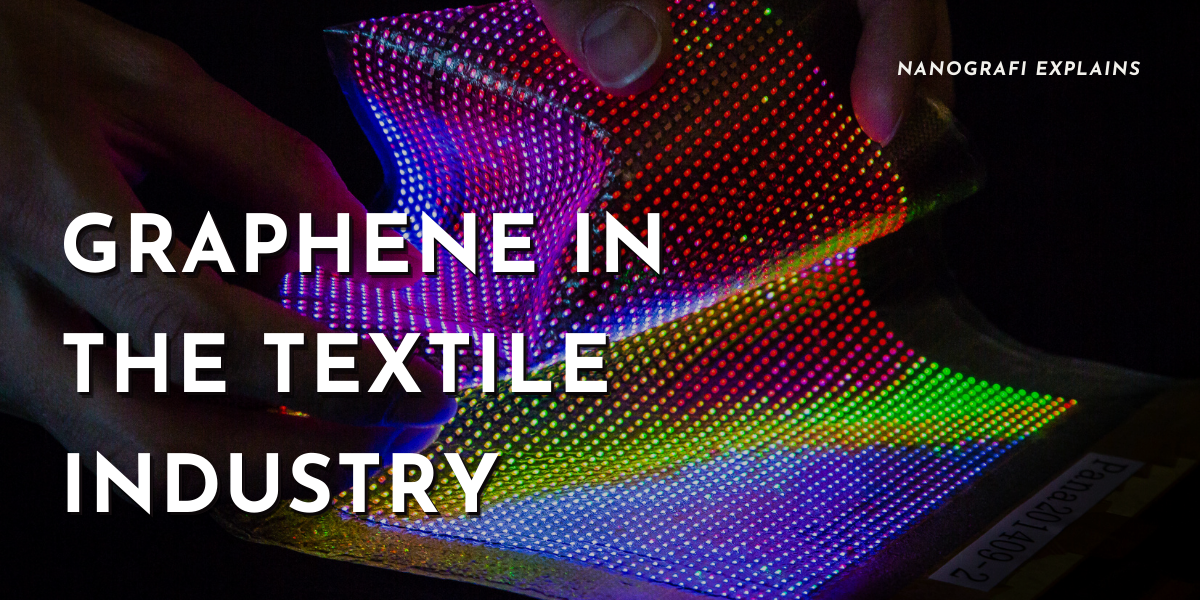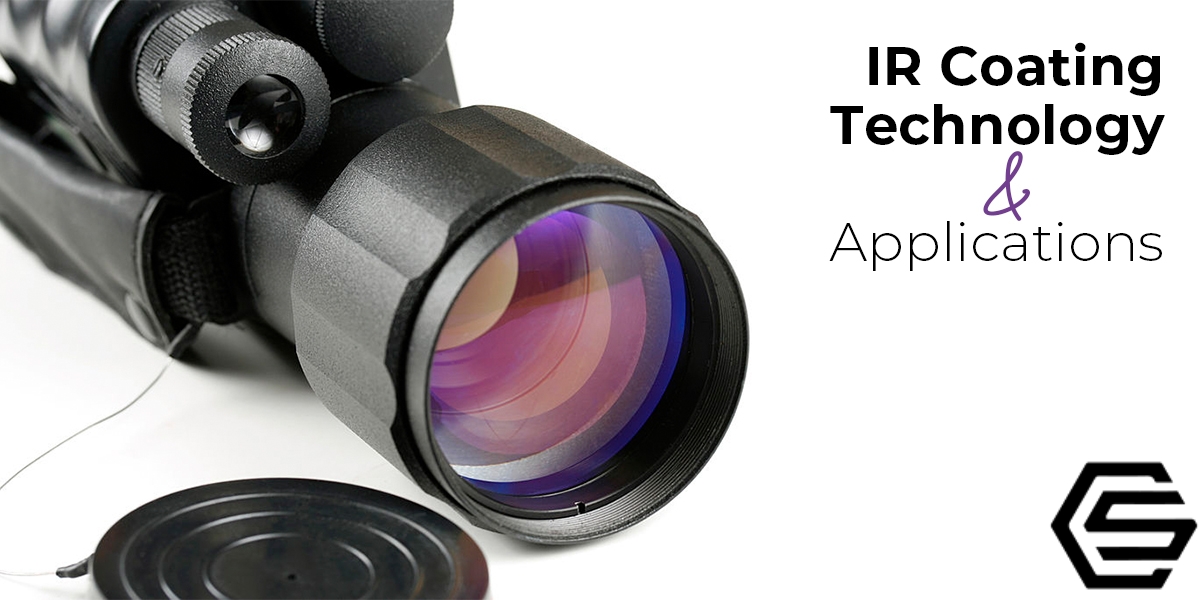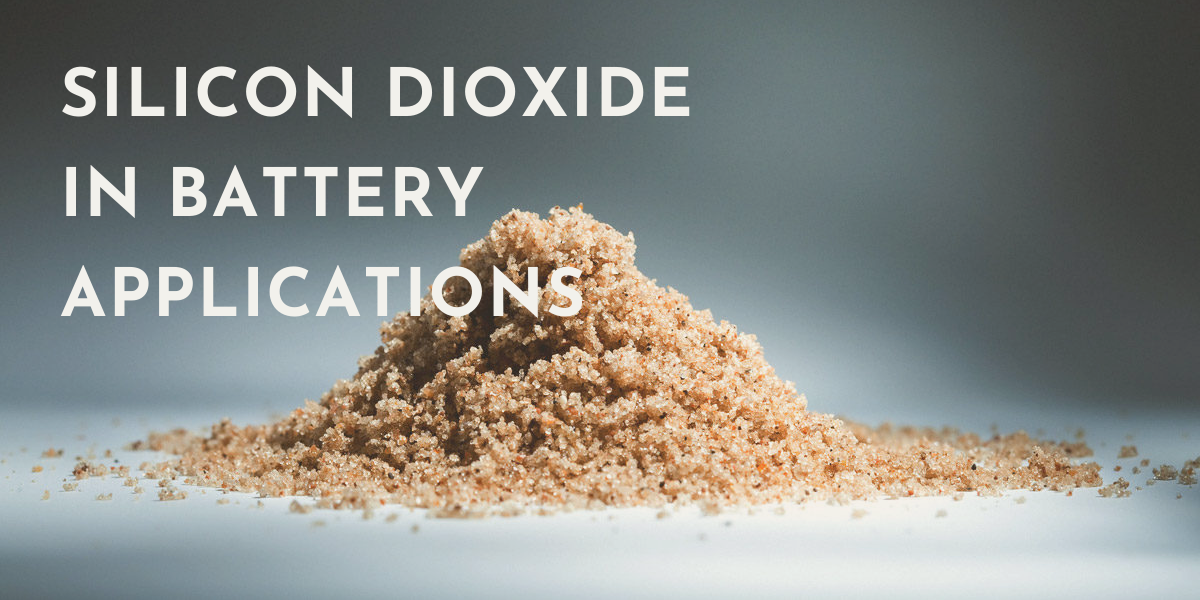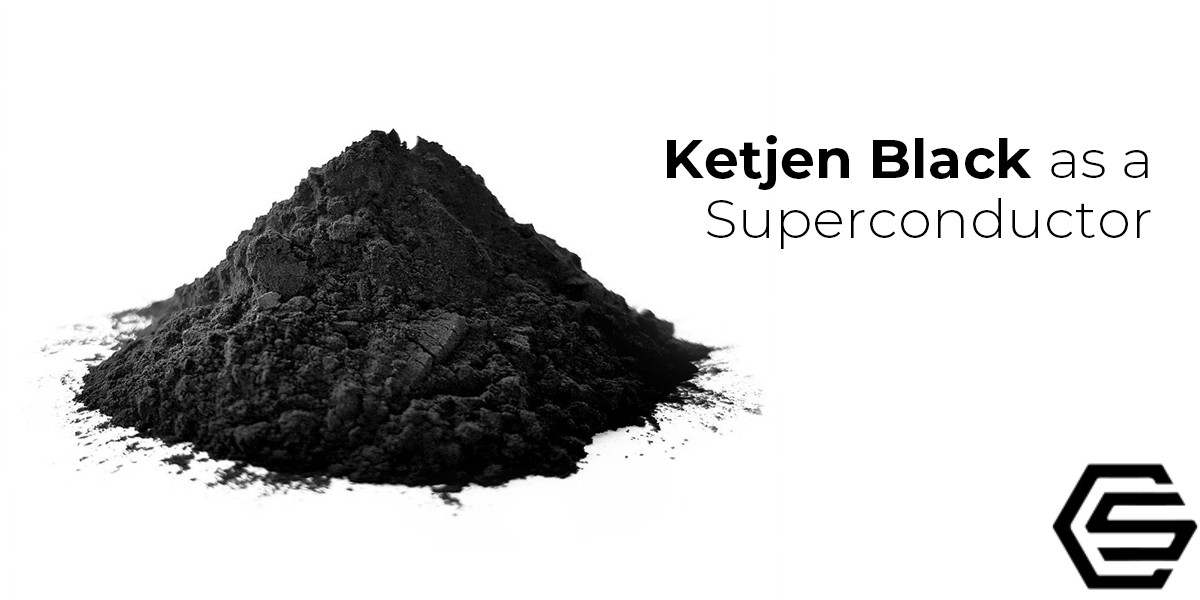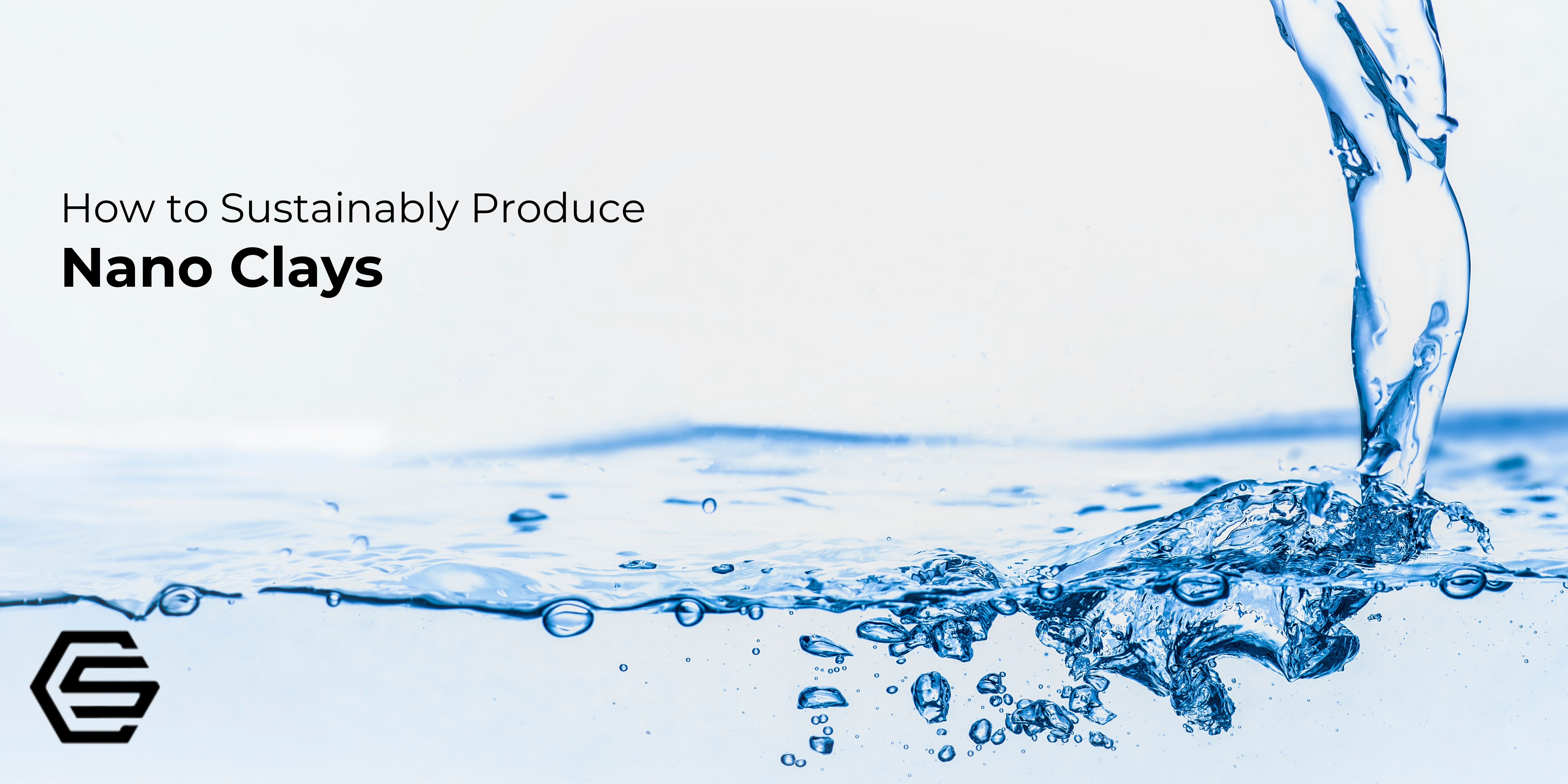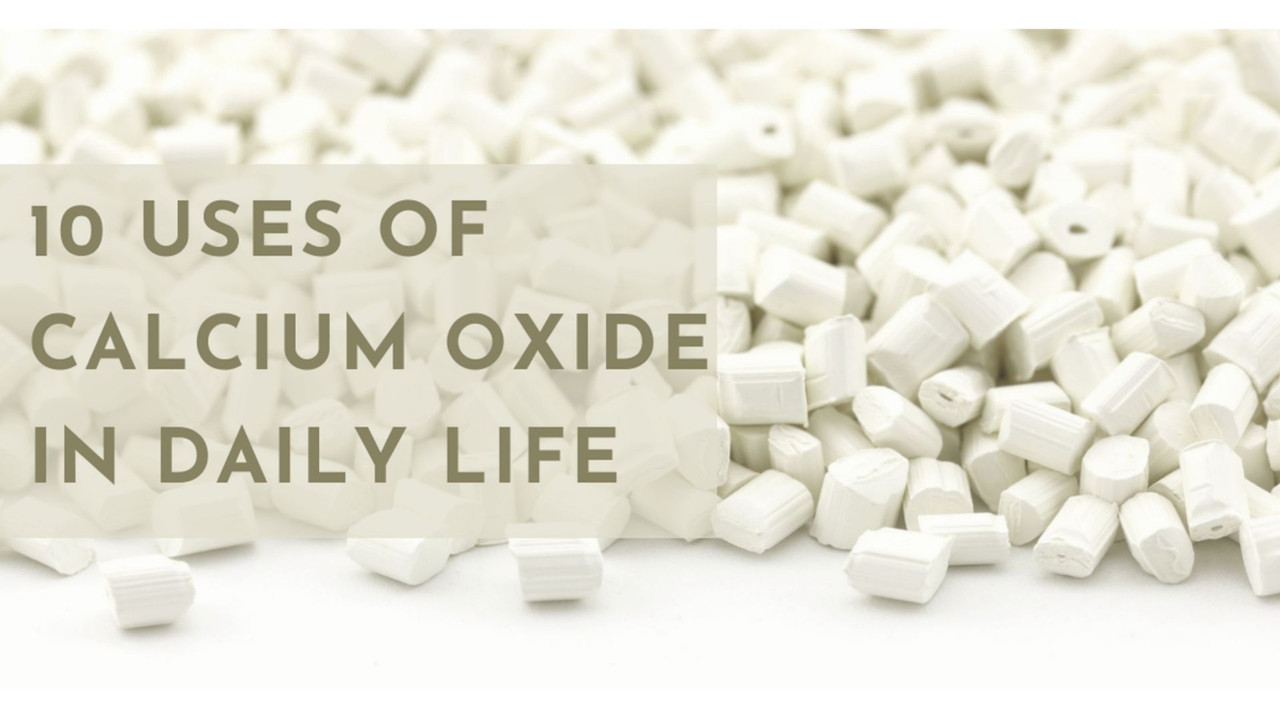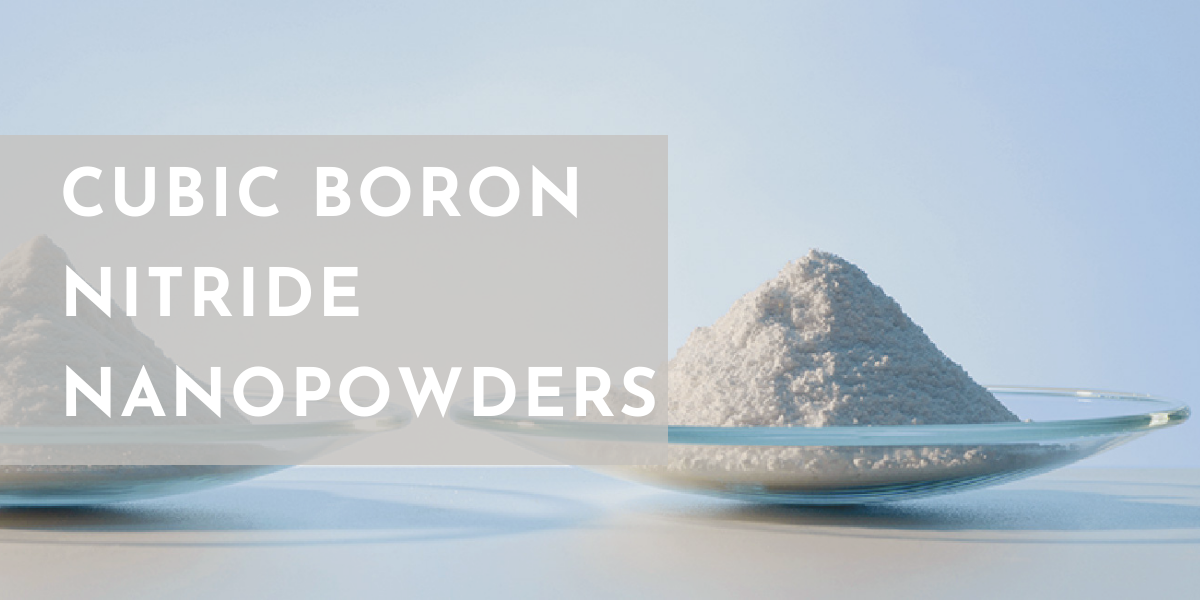Semiconductor Materials for Solar Cells
Both silicon and gallium arsenide phosphide is capable of absorbing visible light noticeably but it has been reported that gallium arsenide phosphide absorbs visible light within the course of generating less waste heat. On the contrary, silicone excels at converting energy from the infrared region of electromagnetic radiation of the solar spectrum beyond invisible light. Even though gallium arsenide phosphide and some similar semiconductor materials have been shown to function efficiently and are considered stable, they are regarded as costly and, not economical which is a critical factor in the solar panel design industry. This disadvantage causes the recently designed solar panel composed entirely from the combination of these two materials which is particularly not reasonable for mass production at the moment. In so doing, the use of low-cost silicon as a starting point is the basis of the current study.1
Fabrication of Cells
Within the course of fabrication, the defections with the material find their way into the layers more specifically at the interfaces between the gallium arsenide phosphide and silicon when tiny defects and imperfections from materials with different atomic structures are coated on silicon as layers consecutively, compromising the reliability and performance. Based on this project, a process for the formation of pristine interfaces has been developed within the gallium arsenide phosphide cell leading two a considerable improvement compared to the earlier works concerning the efficiency of solar panels. Upon finalizing this application, any utility company would be able to employ this technology to generate 1.5 times more energy compared to less energy generated when the same amount of the occupied land is used by solar farms, in addition, consumers of solar panels could find it advantageous and economical to use 1.5 times less space on rooftops for panels. However, there are still obstacles on the way to the commercialization of this project but it is hoped that energy suppliers, as well as consumers, would find value in using practically stable materials in order to achieve a boosted solar energy converter and electricity generator.
Types of Solar Cells
Solar cells could be classified according to the types of materials, processing, and the nature of materials employed in manufacturing the devices. In this order, solar cell types include crystalline silicon-based solar cells, thin film solar cells, quantum dot solar cells, and organic polymer-based solar cell. Technically, solar cells based on silicon wafers with commercial applications contain heavy metals such as Lead (Pb) and calcium (Cd) which are considered hazardous materials. Therefore, a class of organic materials emerges as valuable alternatives instead. In fact, polymeric materials and organic molecular agents adopt many advantages over other inorganic materials due to their physical properties capable of being tailored and easily manufactured and shaped into ultrathin films and sheets taking advantage of solution processing techniques with practically low priced materials in large-scale production.
To find out more, you can read Future of Solar Cells with Nanotechnology Solar Energy
Silicon for Solar Cells
Silicon is mostly used for commercial purposes with slight processing and purification including silica sand, stone, and clays. It engages in reactions with over 60 elements to produce different compounds. The main component of most semiconductors, cement, ceramics, and glass is silicon. Silicon is a significant component of steel and is commonly used in bricks for the construction industry. Based on silicon’s metalloid nature, the intermetallic compounds of silicon are used in alloy industries to make them resistant to metals like copper, magnesium, and aluminum. The higher assays of 99% in metallurgic silicon have applications in silicon resins, seals, and oils. Thin silicon crystals are used in the photovoltaic cell to directly conserve energy in solar cells and piezoelectric glasses take the advantage of silicon crystals. The most common crystalline form of silicon was prepared by electrolyzing aluminum chloride and sodium chloride along with 10% silicon. Since this method was a bit expensive, a more cost-effective was developed later. The chemical research on crystal silicon production kept on which led to the discovery of volatile silicon hydrides, synthesized silane, and trichlorosilane. It was in the 20th century that the structure and composition of silicate were elucidated.
Aluminum Gallium Arsenide Phosphide (AlGaAsP) for Low-Cost High-Efficiency Solar Cells
III-V/Si epitaxial tandems with a top layer of about 1.7 eV gallium arsenide phosphide (GaAsP) cell process a stable power conversion with efficiencies more than the fundamental limit of silicon single-junction sells. The fact is, III-V/Si epitaxial tandems are disadvantageous because of their limitations the least carrier diffusion length in the top cell with the consequent reduction in the density of short circuit current and efficiencies. Even though the conventional approaches require the dislocation density in III-V/Si tandems must be lowered for the purpose of efficiency boosting, the latest finding concerning increasing the efficiency shows that growth sequence and heterointerface design turn out to play a considerable role in minimizing recombination losses.


